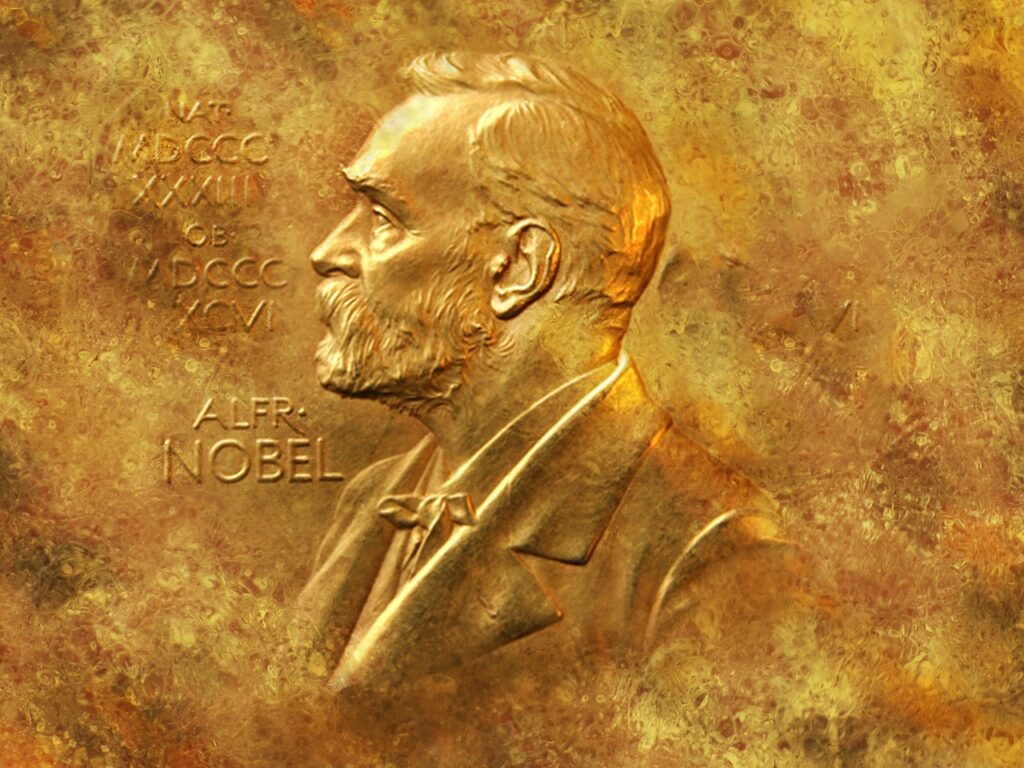Famous Swedes: The 15 Most Famous People from Sweden
Sweden has undoubtedly produced a significant number of individuals who have achieved global recognition in various fields. From literature and film to science, sports, and activism, Swedes have made notable contributions that have reverberated around the world. This Scandinavian country’s tradition of innovation, creativity, and social progress has cultivated an environment conducive to fostering talent […]
Famous Swedes: The 15 Most Famous People from Sweden Read More »









